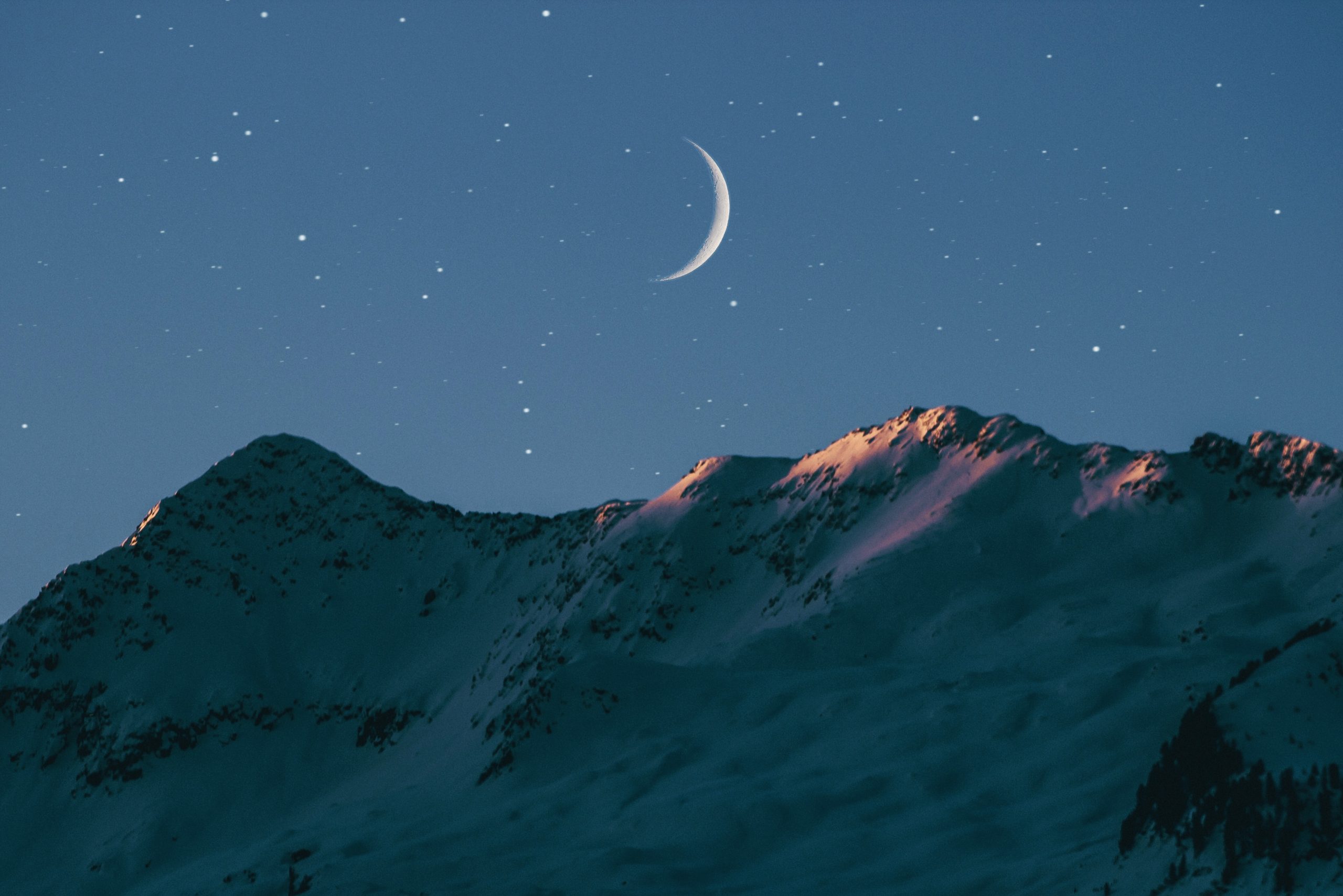How Does the Moon Affect the Tides?
The moon is a fascinating celestial body that has a significant impact on Earth’s tides. The gravitational force that the moon exerts on Earth creates a tidal bulge on the side of the Earth that is facing the moon, as well as on the opposite side. This gravitational interaction between the moon and Earth is the primary driver behind the ebb and flow of the ocean tides. In this blog post, we will delve into the details of how the moon’s presence affects the tides and explore the various factors that come into play.
Tidal Forces
To understand how the moon influences the tides, we need to comprehend the concept of tidal forces. These forces are caused by the difference between the gravitational pull of the moon on two opposite sides of the Earth. The side closest to the moon experiences a stronger gravitational force, while the side farthest away experiences a weaker force. This difference in gravitational pull stretches the Earth, creating two tidal bulges, commonly referred to as high tides.
It’s important to note that the moon’s gravitational influence is not the only factor affecting the tides. Other factors, including the sun’s gravitational pull and the rotation of the Earth, also come into play. However, the moon’s proximity and mass make it the dominant force behind tidal activity.
Types of Tides
The interaction between the moon and Earth leads to the occurrence of two primary types of tides: spring tides and neap tides.
- Spring Tides: Spring tides occur when the sun, moon, and Earth are in alignment, creating a straight line. During these times, the gravitational forces of both the sun and moon combine, causing higher high tides and lower low tides. Spring tides take place during the new moon and full moon phases.
- Neap Tides: Neap tides happen when the sun, moon, and Earth form a right angle. In this configuration, the gravitational forces of the sun and moon partially cancel each other out, resulting in lower high tides and higher low tides. Neap tides occur during the first and third quarter phases of the moon.
The cycle of spring and neap tides repeats roughly every two weeks, corresponding to the moon’s phases.
Gravitational Pull and Tidal Range
The moon’s gravitational pull not only creates the tidal bulges but also influences the tidal range, which is the vertical difference between high tide and low tide. The gravitational force of the moon pulls the water towards it, causing a bulge on the side facing the moon. Simultaneously, on the side opposite the moon, another bulge occurs due to the centrifugal force resulting from the rotation of the Earth-moon system.
The combined effect of these gravitational forces is responsible for the highest tides in areas directly aligned with the moon and the lowest tides on the sides perpendicular to the moon’s position. As the Earth rotates within the tidal bulges, coastal regions experience the rising and falling of sea levels, resulting in high and low tides respectively.
Effects of Earth’s Rotation
Alongside the moon’s gravitational pull, the rotation of the Earth plays a crucial role in the generation of tides. The Earth rotates underneath the two tidal bulges, causing the ocean to experience two high tides and two low tides in a 24-hour period. This diurnal tidal pattern occurs along some coasts where the geographical features allow it.
However, in most coastal areas, the cycle consists of two high tides and two low tides, but with varying heights. These are known as semi-diurnal tides. The interaction between the moon’s gravitational pull and Earth’s rotation creates this tidal pattern, resulting in a roughly 12-hour and 25-minute interval between high tides, known as the tidal period.
Other Factors Influencing Tides
Although the moon’s gravitational pull is the primary force behind tides, other factors can also influence the tides experienced in specific regions. Some of these factors include:
- Sun: Despite its greater distance from Earth, the sun’s gravitational pull also affects tides. When the sun, Earth, and moon align, during the new moon and full moon phases, the tidal range is especially high. These tides are known as king tides.
- Topography of Coastlines: The shape and features of coastal areas, such as bays, estuaries, and narrow channels, can amplify or dampen the tidal range. Resonance, where the natural frequency of tidal oscillations matches the frequency of water motion in an enclosed area, can create astronomical tides that are significantly higher than predicted.
- Weather Patterns: Strong winds and weather systems can affect the height of tides temporarily. Storm surges, for example, can cause higher tides by pushing the water towards the coast. Conversely, low-pressure systems can result in lower than expected tides.
Conclusion
The moon’s gravitational pull is the primary force behind the ebb and flow of ocean tides. Its interaction with Earth’s rotation and the influence of other factors, such as the sun and coastal topography, contribute to the complexity and variability of tidal patterns. Understanding how the moon affects tides aids in predicting and managing the impact of tides on coastal communities and ecosystems. Next time you visit the beach and witness the rhythmic rise and fall of the sea, remember the moon’s role in creating this awe-inspiring phenomenon.
Table of Contents
